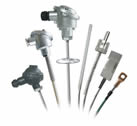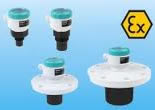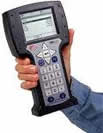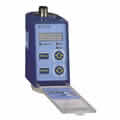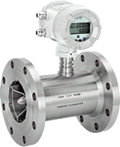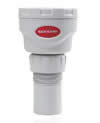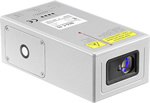Invertor or Motor controller
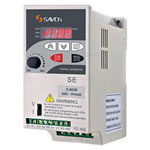 quipment or a group of equipment that is used to create a defined behavior in the speed and circulation of the electric motor. The inverter or inverter motor generates alternating current using a digital circuit. In fact, an inverter motor has high-speed switches that can be switched on and off thousands of times in a second. With the help of these on and off signals, an electric wave can be sent to the motor. . Motor inverters, sometimes called remote control drives or variable frequency drives, have many uses in the industry.
quipment or a group of equipment that is used to create a defined behavior in the speed and circulation of the electric motor. The inverter or inverter motor generates alternating current using a digital circuit. In fact, an inverter motor has high-speed switches that can be switched on and off thousands of times in a second. With the help of these on and off signals, an electric wave can be sent to the motor. . Motor inverters, sometimes called remote control drives or variable frequency drives, have many uses in the industry.
The motor controller can manually or automatically start or stop an motor, moving it forward or backward (right round left round). Or move with adjusted speed and torque and protect against overloads and falls. The range of motor controller applications can vary from common applications such as computers, fax machines, heating and cooling systems to complex industrial applications such as robotic production lines.
Drives are used in various applications such as servo systems or motor speed controllers with feedback in AC and DC electric motors. Drives can continuously change the engine speed from zero to several times the rated speed. Speed adjustment in electric motors, in addition to many applications in industrial processes, also leads to energy savings. In addition, the drives in starting the motor greatly reduce the starting current and starting the motor from the network. So this current is much less than the rated current of the motor.
The drives can start and stop the engine smoothly and in a completely controlled way. Start and stop times can be fine-tuned to be a fraction of a second or hundreds of minutes.
Today, many applications for drive use in the automation industry include CNC machines, elevator motors, conveyors, one-way control of the
drive in soft start and step, and engine speed control, significantly reducing mechanical stresses in couplings in all rotating devices. Turns together.
The following are two examples of the most commonly used types of motor controllers:
AC or AC
motor speed control Variable frequency drives DC or DC motor speed control or torque

- Popular products

German laser thermometer with external thermocouple K tool 1725

Level controller / roller blade switch for solids and powders, model 1872

Industrial Laser Thermometer Instrument 1727

12-channel temperature recorder thermocouple tool 1189


